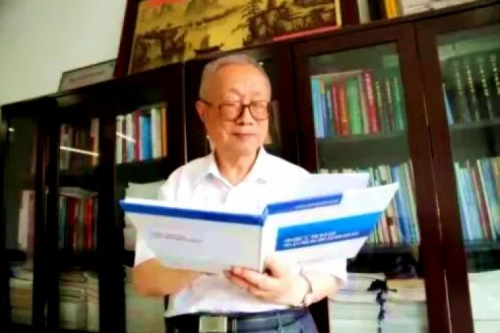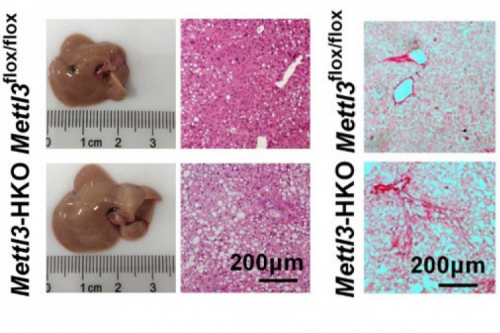The outbreak of novel coronavirus pneumonia has pulled the whole country together and displayed its fortitude, therefore a war without sulfur and smoke began. Quick detection of the novel coronavirus pneumonia is the key to containing the spread of the virus. Because a CT image of the patient’s lungs can reveal the typical signs of coronavirus infection, it can be considered as the crucial basis for quick diagnosis and disease assessment of the new virus. Professor Wu Xiangqian from Computer Science and Technology Department of HIT contacted Professor Li Ping from the imaging department of the Second Affiliated Hospital of Harbin Medical University in time. After in-depth discussion, he decided to establish a HIT and HMU joint research team, which has developed a novel coronavirus pneumonia CT image automatic analysis system based on the “Novel Coronavirus Diagnosis and Treatment Plan (trial fifth, sixth and Seventh Edition)” issued by National Health Committee. Within the team, Professor Wu is responsible for the instruction of Dr. Chu Hong and Zhao Tianli in core technology research. Meanwhile, Professor Li Ping is responsible for the evaluation and application of relevant medical knowledge and the systematic testing of novel coronavirus pneumonia. Also, the project has already received the support of the Novel Coronavirus Pneumonia Emergency Research Project of HIT.
Time is life, and conquering the epidemic situation is our mission. If the system could be developed earlier, more patients could be diagnosed and treated in time. In order to speed up the research and development, the joint research team carried out emergency research 24 hours a day. Without sufficient CT image data, analysis of CT images would be impossible. To this end, the joint research team urgently contacted many domestic hospitals to collect more than 177,000 CT images of lungs, including nearly 40,000 images from patients with novel coronavirus pneumonia. During the outbreak, the members of the research team were distributed all over the country; therefore they were unable to discuss and exchange ideas and information in person. To solve this, they kept in touch and exchanged information continually through online meetings, phone calls, Wechat, and so on. Professor Li Ping taught the graduate students the typical signs of a CT image with coronavirus through remote conferences and guided them to label such images, the result of which has laid a good data foundation for the system development.
CT image analysis also required the research and development of a core algorithm. Professor Wu Xiangqian has kept in close contact with Hong Chu and Zhao Tianli who are engaged in algorithm research, kept abreast of the project’s progress, presided over relevant discussions, and found and solved problems in time. The research of the core algorithm included a large amount of training and testing. In order to speed up the progress of the project, the joint research group adopted the method of simultaneous data annotation and algorithm training. As soon as the data was labeled, it was trained, so the algorithm was continuously improved through repeated iterations.
Based on more than 20 years of experience in medical image analysis at HIT and the rich medical image expertise of HMU, the joint research team overcame various difficulties. After several days of hard work, it took only about a week to develop an initial CT image automatic analysis system that could be used for the diagnosis and evaluation of coronavirus pneumonia. The novel coronavirus can be automatically detected in the CT image, and the ratio of the lesion area to the whole lung can be estimated. This system provides a basis for screening and evaluating the patients with new coronavirus pneumonia and has been deployed in the Second Affiliated Hospital of Harbin Medical University. Professor Li Ping said: “The system has a very superior performance. Its reading efficiency is almost 30 times of the artificial reading speed, and the detection accuracy of new coronavirus-related lesions has basically reached the level of doctors, and the quantitative evaluation of the range of lesions is especially of great significance for clinical diagnosis.” “Novel coronavirus pneumonia can be detected by the system, and the area of lesions can be accurately labeled. The proportion of lesions in the whole lung can be directly calculated. This is very meaningful for the diagnosis and assessment of the disease of infected patients, which is difficult, or we can say, almost impossible to obtain,” said Liu Bailu, the director of the CT center.
After this successful and effective cooperation, the joint research team will continue to work closely after the epidemic in further in-depth research, expanding the system into a general CT medical image analysis system, so that it can automatically detect and analyze various lesions on CT images, thus promoting the wide application of artificial intelligence in clinical medical image diagnosis as soon as possible.




